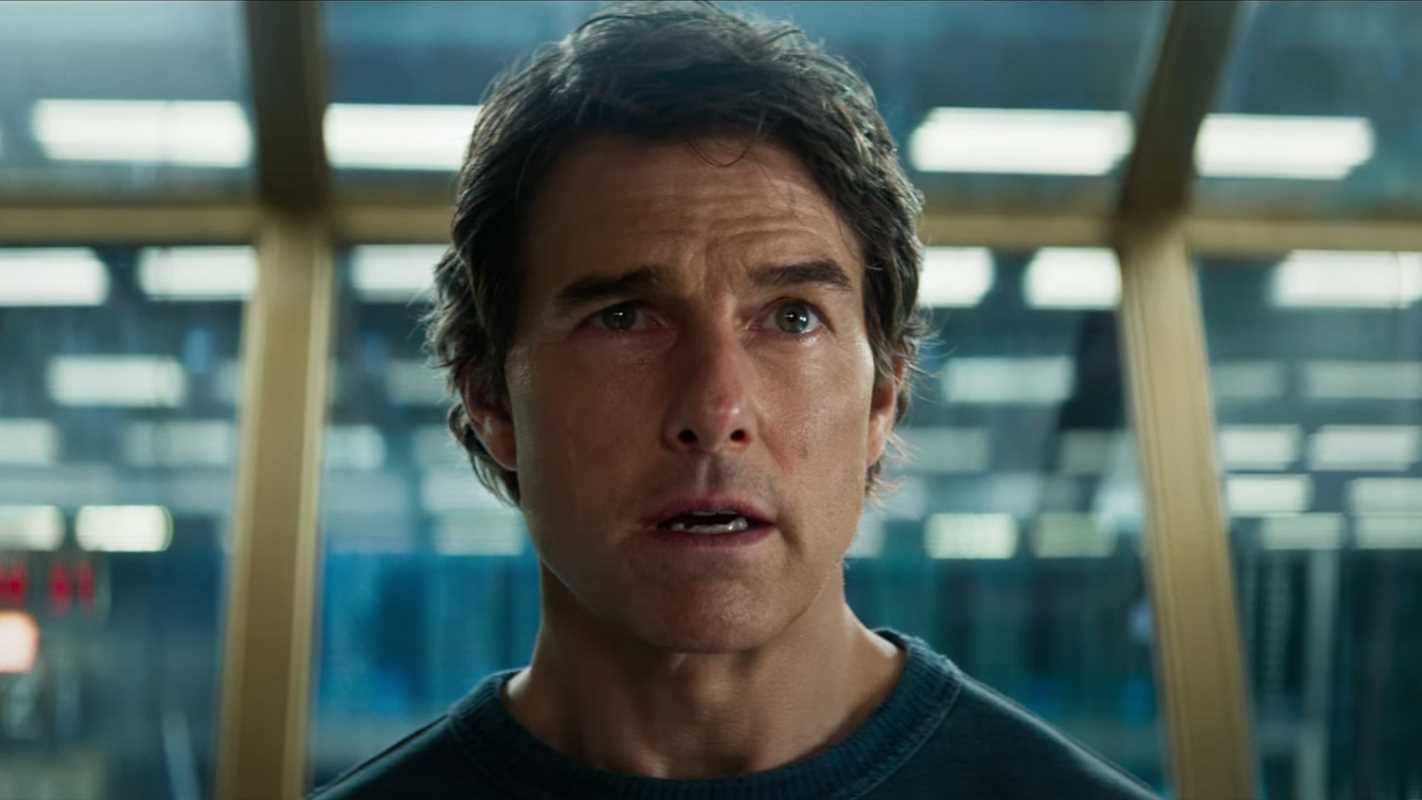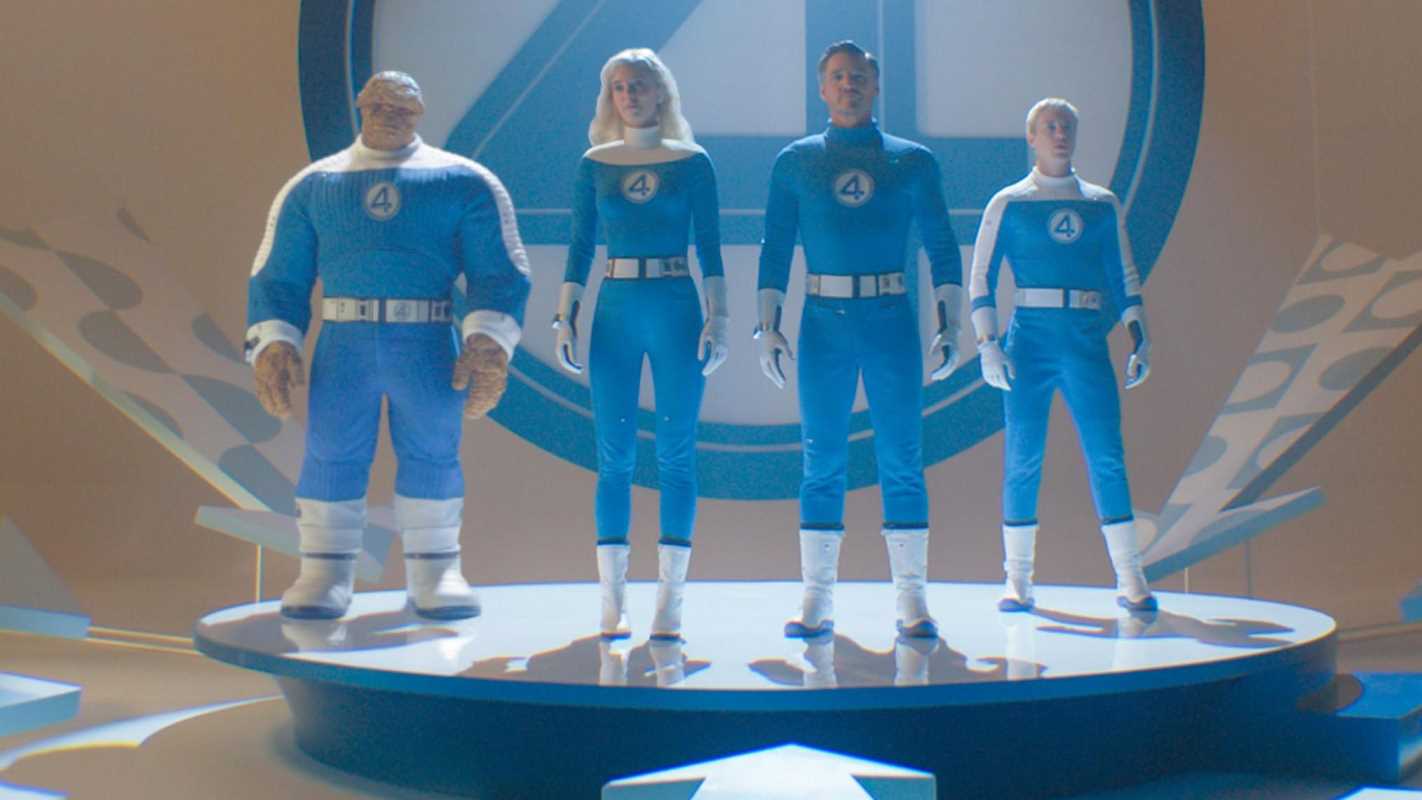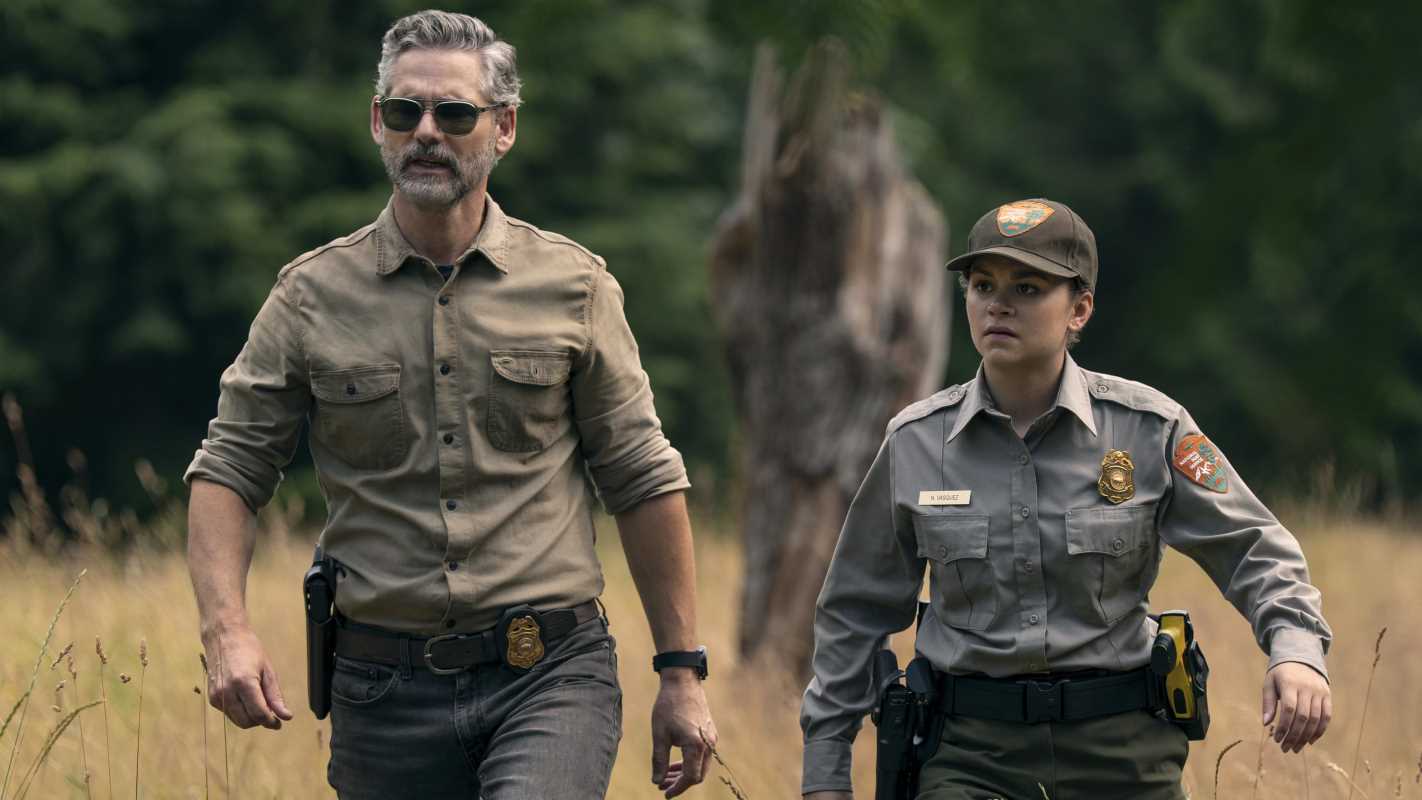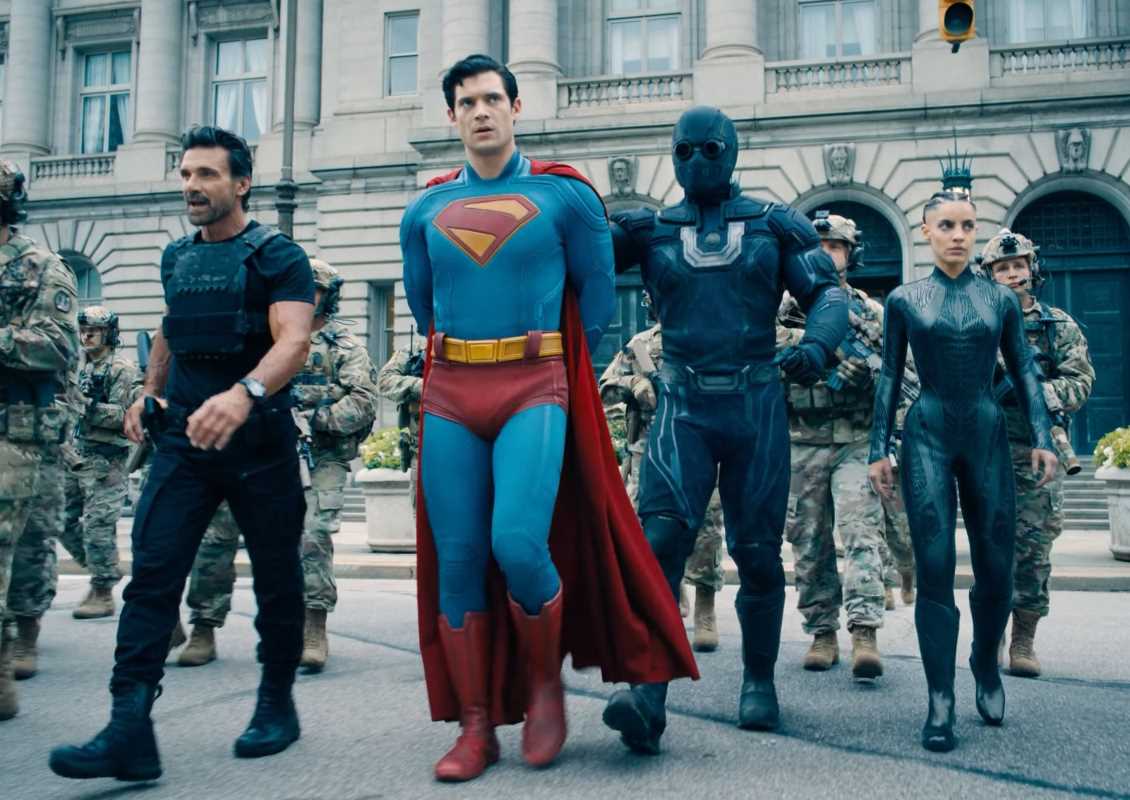After decades of death-defying stunts, globe-trotting espionage, and Tom Cruise literally hanging off planes, helicopters, and skyscrapers, "Mission Impossible: Final Reckoning" arrives as the supposed conclusion to Ethan Hunt's legendary career. While the film delivers the spectacular action sequences audiences expect from the franchise, it stumbles through a convoluted plot and relies heavily on familiar tropes, ultimately providing a finale that feels more obligatory than triumphant.
The Spectacle Remains Spectacular
The Mission Impossible franchise has built its reputation on practical stunts that defy both logic and insurance policies, and "Final Reckoning" maintains this tradition with remarkable consistency. Tom Cruise, now in his sixties, continues to perform stunts that would challenge actors half his age, demonstrating unwavering commitment to authentic action sequences that distinguish these films from their heavily digital competitors.
The opening sequence features Hunt scaling the exterior of a moving train through a mountain tunnel, creating visceral tension that immediately establishes the film's commitment to practical effects. The cinematography captures every precarious moment with clarity that emphasizes the genuine danger inherent in these elaborate set pieces. The stunt coordination demonstrates meticulous planning and execution that results in believable action sequences despite their impossible nature.
The climactic set piece involves Hunt infiltrating a submarine while it surfaces through arctic ice, combining practical underwater photography with precisely choreographed action sequences. The technical execution demonstrates professional expertise that creates genuine tension and visual excitement throughout the extended sequence.
Performance Quality and Character Dynamics
Tom Cruise delivers another committed performance as Ethan Hunt, maintaining the character's trademark intensity and physical dedication despite the actor's advancing age. Cruise demonstrates remarkable consistency in embodying the role's demanding physical requirements while preserving the character's essential characteristics that have defined the franchise. His performance anchors the film's emotional elements while supporting the spectacular action sequences.
However, the supporting cast receives uneven treatment through a screenplay that prioritizes action over character development. Returning team members including Ving Rhames as Luther and Simon Pegg as Benji provide adequate performances within familiar character parameters, but their roles feel constrained by repetitive dialogue and predictable character interactions.
Narrative Limitations and Plot Deficiencies
The film's most significant weakness manifests through its unnecessarily complicated plot that combines familiar franchise elements without innovative development or creative enhancement. The screenplay by Christopher McQuarrie attempts to provide conclusive resolution to Hunt's career while introducing new threats and personal stakes, resulting in narrative confusion that undermines both action sequences and character moments.
The central antagonist lacks the compelling presence necessary to create memorable opposition for Hunt's final mission. The villain's motivations feel generic and poorly developed, reducing dramatic stakes to functional plot requirements rather than meaningful personal conflict. This limitation affects audience investment in the outcome of elaborate action sequences.
The film relies heavily on established franchise tropes including betrayals, double-crosses, and last-minute revelations that have become predictable through repetition across previous installments. While these elements maintain series continuity, their excessive use creates viewing experience that feels more familiar than exciting.
The timeline structure attempts to create narrative complexity through multiple concurrent missions and intersecting plot threads. However, the execution results in confusion rather than sophistication, making crucial plot developments difficult to follow during extended action sequences.
Technical Excellence Within Familiar Framework
Christopher McQuarrie's direction demonstrates technical competence in managing complex action sequences while maintaining character continuity throughout the extended runtime. The pacing generally succeeds in balancing spectacular set pieces with necessary character development, though certain sequences feel extended beyond their narrative value.
The production design effectively creates diverse global locations that support the story's international scope while providing distinctive visual environments for action sequences. The attention to detail in practical sets enhances the authenticity that distinguishes the franchise from more digitally dependent action films.
Max Aruj and Alfie Godfrey's musical score provides appropriate orchestral support for action sequences while incorporating familiar thematic elements that maintain series continuity. The score effectively enhances dramatic moments without overwhelming dialogue or action choreography.
The editing choices generally maintain clarity during complex action sequences while preserving narrative momentum throughout the film's considerable runtime. However, certain transitions between locations and time periods create minor confusion that affects plot comprehension.
Contemporary Relevance and Thematic Depth
"Final Reckoning" attempts to address themes of legacy, sacrifice, and institutional loyalty that resonate with contemporary discussions about career transitions and personal fulfillment. The exploration of Hunt's commitment to mission objectives despite personal costs provides relevant commentary on professional dedication and its psychological consequences.
The thematic content receives superficial treatment that avoids meaningful examination of complex issues surrounding government accountability and covert operations. The film presents familiar concepts without fresh perspectives or innovative exploration that might elevate the material beyond generic action entertainment.
The treatment of technology and surveillance reflects contemporary concerns about digital privacy and government oversight, but these elements remain secondary to action spectacle rather than receiving thoughtful development that might enhance thematic resonance.
Areas Requiring Significant Improvement
The film's conclusion feels anticlimactic considering the franchise's legacy and Hunt's character development throughout seven previous installments. The resolution provides adequate closure for immediate plot threads without delivering the emotional satisfaction or narrative significance that a series finale requires.
The dialogue frequently relies on exposition that explains plot developments rather than allowing them to emerge organically through character interaction and visual storytelling. This approach creates static conversation scenes that interrupt action momentum while failing to provide meaningful character insight.
The runtime extends beyond optimal length through unnecessary subplot development and repetitive action sequences that could benefit from tighter editing. The film's considerable length tests audience patience without providing corresponding entertainment value or narrative depth.
Franchise Context and Standalone Appeal
"Final Reckoning" functions adequately within the established Mission Impossible continuity while providing sufficient context for viewers unfamiliar with previous installments. The film maintains visual and tonal consistency with earlier entries while attempting to provide conclusive resolution to ongoing character arcs.
Most unfortunately, the finale aspects feel more obligatory than earned, suggesting commercial considerations rather than creative necessity drove the decision to conclude Hunt's story. The film serves franchise completion requirements without demonstrating compelling artistic vision or innovative storytelling approaches.
Final Assessment and Recommendation
"Mission Impossible: Final Reckoning" delivers the spectacular action sequences and technical excellence that define the franchise while struggling with narrative coherence and thematic depth. The film succeeds in providing adequate entertainment for devoted fans while failing to justify its existence as essential conclusion to Hunt's legendary career.
The practical stunts and committed performances create viewing experience that satisfies immediate entertainment requirements without achieving the emotional resonance or cultural impact of the series' strongest entries. The film represents competent franchise maintenance rather than inspired filmmaking.
For Mission Impossible devotees, this installment provides necessary closure and familiar entertainment that fulfills basic expectations. General action film audiences may find adequate spectacles, but should expect formulaic execution that prioritizes familiar elements over innovative storytelling.
The film functions as acceptable conclusion to beloved franchise while leaving viewers questioning whether this finale enhances or diminishes Hunt's legacy within contemporary action cinema.
Rating: 6/10
 (Image via
(Image via

.jpg)



